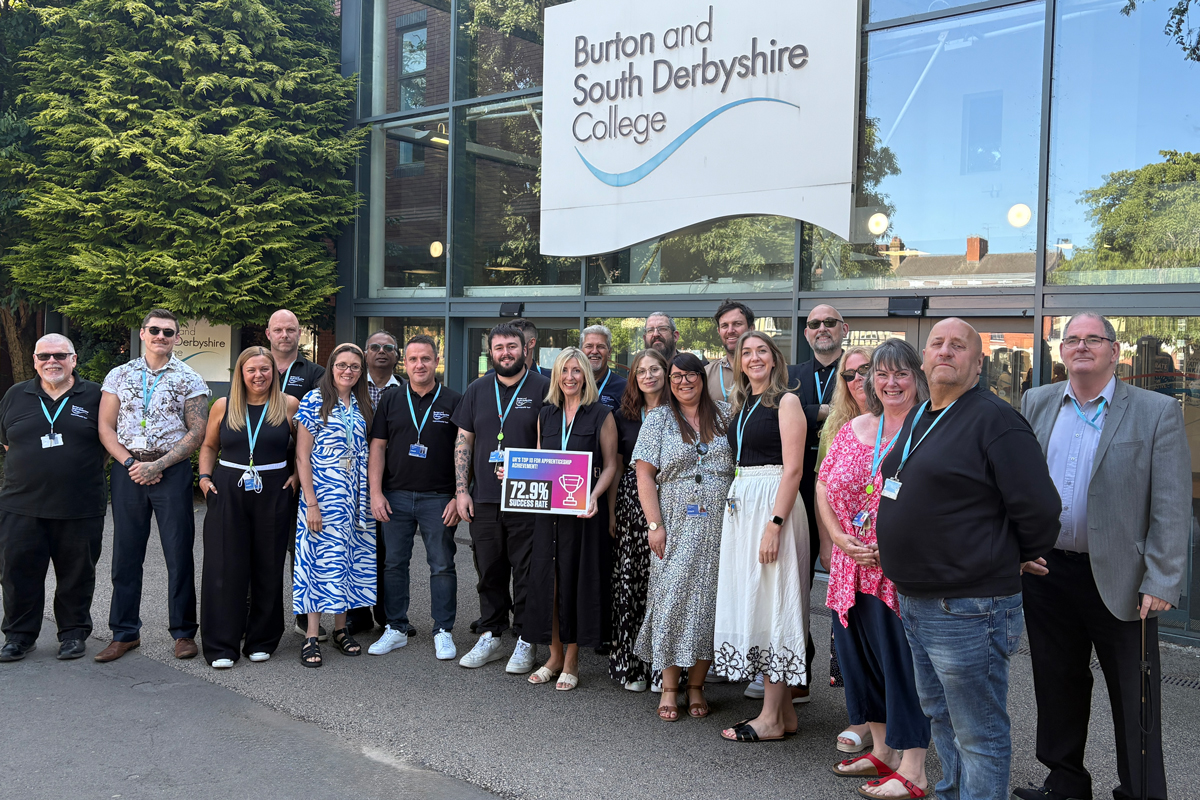The retention struggle: How to do more with learning and development

Maintaining high talent retention during a skills shortage is not easy. There is no shortcut. Businesses must provide employees with opportunities for learning and development through greater internal mobility and purpose-based work. This helps to create a culture that organically builds skills and engagement, benefitting existing – and future – talent and their growth.
The skills shortage continues to cast a shadow over the growth of global businesses this year. Despite the supply of talent in the market, a considerable number of candidates just do not fit the requirements needed to fill specialist roles in areas like tech and finance.
I often see businesses struggling to combat this, defaulting to plans that divert more effort into attracting and recruiting new talent. But they can do more to invest in a strategy that does not rely on the highs and lows of the market. I believe that what businesses do internally can be a critical source of workforce transformation.
According to research, 84% of employees expect their employer to provide the training and education they need to stay up-to-date with changing skills in their industry. But many employers simply are not investing enough into learning and development, despite employee appetite.
With such a deficit of skilled talent, the last thing employers should want to do is lose the good people they already have. So, here are my tips for how business leaders can foster an environment of learning and development that keeps employees engaged and skills gaps filled.
Bring on the challenge
Around two-thirds of hiring managers say that younger workers quitting their jobs is a key reason why they are struggling to address the skills shortage. Failure to fill this gap in organisational knowledge can put significant strain on team productivity and businesses’ ability to meet organisational goals.
As humans, we are hardwired to seek out knowledge and wisdom, with an incredible capacity to learn. Providing controlled environments for new challenges and opportunities – especially for young workers – is one of the best ways for leaders to take advantage of this in their business. We crave new learning – you just have to provide the environment to embrace individual curiosity.
That is not to say that you can avoid people deciding to leave the business. There will always be the top talent that decides they want to move to another industry, country or role. You cannot control that. But you can ensure that you provide an environment where people can explore and learn what they like doing – and what they do best in your business. Encouraging environments that keep people engaged is essential in a market where the rise of “quiet quitting” has exposed the need for businesses to rethink employee fulfilment.
Open up internal mobility
This culture of continuous learning can be hard to instil. We all want to project our best, and most skilled selves to our team. But the moments where we think “I don’t know this” or “I am not sure I have the knowledge to complete that” are essential opportunities for us to seek the tools and opportunities that can advance our skills.
Providing these opportunities does not just come from sharing virtual webinars and online courses – it also comes from facilitating face-to-face opportunities for mentoring, upskilling and role transfers. Increasing internal mobility is an important area for career growth that not only incentivises learning but also centres the focus around your employees’ personal career goals. Teams are also able to share skills and knowledge across the business without feeling siloed, and vacant roles can be better filled internally.
Another way to do this, especially if your business has global locations, is to encourage secondments and working abroad. This is an invaluable opportunity for employees to gain new experiences, build better client relationships and widen their skills. The benefit of this is that employees can share their experiences, perspectives and skills back with the rest of the business.
Prioritise purpose
Personally, I think companies often forget that learning and development can also be done in ways that do good for your business and community at the same time. According to a recent report, 2 in 3 UK employees say that they want to work for a company that is having a positive impact on the world. So, leaders have the opportunity to improve their impact, whilst providing teams with new experiences, skills and purpose.
Volunteering, fundraising, and corporate social responsibility initiatives can be a great place to start. You do not have to do it all at once, but ensure that you listen to your employees to see what they want to engage in the most so that learning and development does not just seem like a top-down tick-box exercise.
Organic retention
High talent retention is not something you can achieve as a last-minute thought – or a plea when someone already has their foot out the door. You need to primarily create a culture that cares about the skills gap but also cares about bridging it in a way that benefits your existing, and future, talent’s career growth. If you can do that, businesses will see higher engagement, curiosity and purpose all around.
By Daniel Goldstein, Founder and Group CEO of Elements Talent Consultancy
Daniel Goldstein is the Founder and Group CEO of Elements Talent Consultancy. After launching the company in 2009, he first piloted the concept of “Embedded” Talent Consultancy around five years later. He is a passionate advocate of the true value of excellent talent acquisition professionals and is on a mission to change perceptions of an industry which has traditionally been characterised by poor standards and a consequent lack of trust.
FE News on the go
Welcome to FE News on the Go, the podcast that delivers exclusive articles from the world of further education straight to your ears.
We are experimenting with Artificial Intelligence to make our exclusive articles even more accessible while also automating the process for our team of project managers.
In each episode, our thought leaders and sector influencers will delve into the most pressing issues facing the FE.











Responses